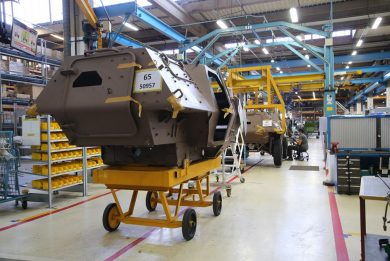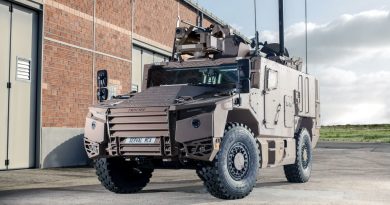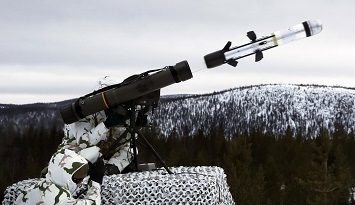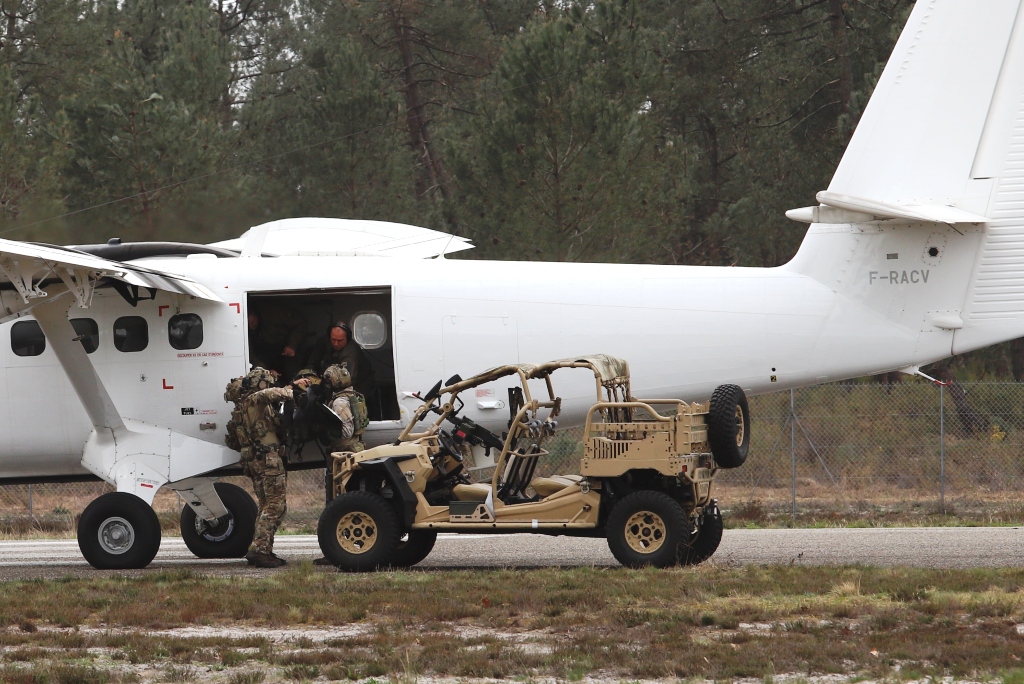
SOFINS 2023 – Frontline medical support evolution; the French SF view
With the focus of military operations shifting from the war against terrorism, which in military terms was often dubbed as operations other than war (OOTW), to conventional operations in a peer-to-peer scenario, all aspects see their mission parameters change.
Medical support is not different from others, and at SOFINS 2023 a roundtable titled “From the Golden Hour to the Golden Day” saw the French Special Forces Chief Surgeon, Pierre (surnames were banned years ago in the French military to reduce risks) debating this issue with three of his colleagues, specialised in different branches.
In the past 30 years the factions opposing western armies deployed very limited air defence assets. Helicopters could operate in a relative safe scenario, risks being usually limited o small arms fire and eventually the launch of some RPGs, the latter quite effective when hitting but normally inaccurate. This meant that it was possible to CASEVAC casualties in a very short time, bringing them to a surgical theatre within one hour. This time limit was established in 2006 by the US Secretary of Defence, Robert Gates, and was dubbed “the Golden Hour”. The increased speed, which allowed to halve the time between the casualty was wounded and the moment it was treated by surgeons, considerably increased survivability. The reduced time was mostly due to the accurate planning that allowed having CASEVAC helicopters at hand, covering the operations area to allow the under one hour evacuation.
One of the mostly used acronyms in peer-to-peer scenarios is A2/AD, standing for Anti Access/Area Denial, where layered air defences do not allow freedom of movement to friendly air assets without accepting huge risks. This totally changes the paradigm, the Golden Hour now becoming a dream.
Not only choppers will be unable to CASEVAC wounded personnel in a short time, but also main medical structures will be located at much longer distances from the front, to avoid being targeted, the protection provided by the Red Cross being apparently nowadays quite weak, although to our knowledge the Geneva Convention is still valid.
Medical care will therefore be forced to switch from the Golden Hour, a self-imposed target, to the Golden Day, this being imposed by circumstances. That said, soldiers on the field must still feel that all will be done to take care of them in the best possible way should they be wounded, with survivability rates that must remain as much as possible close to those reached in OOTWs.
Not an easy task, also because another factor will play against medical services. While in the past the number of casualties was usually low, in a peer-to-peer confrontation the casualty rate will be much higher. And this will mean a greater pressure on medical services that, together with a slower evacuation, will make things much more critical.
If wounded personnel cannot be quickly evacuated towards a surgical facility, a sufficient surgical capability must be moved forward. The skills of medics must be improved in order to provide higher level life-saving cares upfront. On the other hand, when considering the Green Army, in a peer-to-peer confrontation units will tend operating in a more coherent way, the unit surgeon acquiring a greater importance compared to what happened in OOTWs, where very often operations were carried out at company level rather than at battalion/regiment level.
Another key issue is the resupply of medical assets. As combat wounds usually generate copious bleeding, medics will have to carry out emergency cares to stop bleeding and provide transfusion, the loss of blood being a down-going spiral as the loss of red blood cells and platelets have a negative effect on coagulation. Once the bleeding is stopped, it is mandatory to fight inflammations that can cause issues to heart and kidneys, adopting a transfusion rehabilitation strategy that requires forward deployed specialised personnel, as well as a sufficient supply of materiel, the most critical being blood.
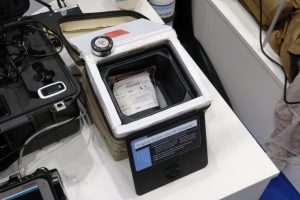
Blood can be provided in different forms, as concentration of red blood cells, plasma, or full blood. Blood has a limited lifespan, and this is even truer if it cannot be maintained at a temperature between 2 and 6°C, which requires energy, and even in those conditions in a blood bank the maximum limit is considered 40 days. Currently the French Army employs the so-called “Golden Hour Box”, which allows maintaining blood for one whole day on the battlefield at ambient temperature. Blood resupply is therefore one of the many critical issue looking on the new battlefield scenario, considering the amount that might be needed to treat mass casualties. Clearly there is an issue of stock versus time of delivery. One system potentially capable to quickly resupply units in blood is the cargo drone, however in an A2/AD bubble it is unclear which might be its chance to survive. What was made clear was that blood will need a totally separated and specific logistic supply chain. As for conservation, an energy-hungry issue, this might be considerably reduced if the resupply load has to be used immediately for treatment. Among SFs buddy-buddy transfusion was one of the systems adopted, but this was valid for low numbers of casualties, and that strategy might not work when this numbers increase dramatically. In the United States studies on artificial blood are ongoing, however the target seems still far away. France seems aiming to develop a solution capable to maintain the blood viable for one week without energy, and 40 days with the smallest possible amount of energy. The energy issue is also key for keeping the casualty warm, as hypothermia is another major risk.
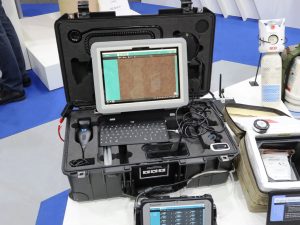
As said medics will have to increase the level of care; to help them tele-medecine systems such as webcams are being considered, a key factor being reliable communications, which are not always available in EW dense scenarios. Virtual reality might also be applied for some training aspects, however on-job training for those personnel who remain mainly combatants with medical skills and not medical specialists is considered a must, and here a closer cooperation with emergency services in country, to provide them with a better clinical feeling should be the way to follow, according to speakers. On the other hand specialised medical personnel will have to be better trained to cope with tactical situations in order to be deployed forward when the need arises, bringing surgeons closer to casualties as the other way round is no more possible. Moving towards combat surgeons? Developing mobile truck-mounted surgical theatres and intensive care units to be deployed closer to the front?
Increased numbers will also need a different approach to triage. While at the forefront this will remain the responsibility of the medic experience as he will not have any supporting device, at the following steps some form of assistance using computerised assets exploiting artificial intelligence-based algorithms, the system being fed not only by with casualty data but also with those on available supplies will allow optimising the process, aiming at saving as many lives as possible, helping surgeons in their decisions. Casualty monitoring is another issue, as manpower will be limited while the number of patents might be overwhelming.
A critical issue closely related to the ormer is that of data treatment and availability. Firstly the transmission of clinical data along the evacuation chain to allow smooth transition and maximum effectiveness, secondly data gathering to allow the identification of lessons from the field to improve military medical knowledge and update standard operational procedures. An example was made by one of the speakers on the use of tourniquet, which was considered dangerous and was linked to an increased number of amputations. Data gathered in Iraq and Afghanistan proved that its use saves lives, and that it was not associated to the increased number of amputations. Currently in the French Army there is no dedicated trauma data collection system, which in perspective would be an added value for improving knowledge and upgrade procedures.
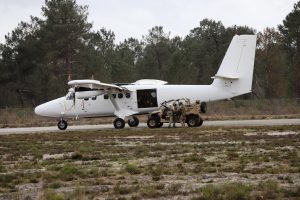
The demonstration exercise by joint French SFs that concluded SOFINS took into consideration medical issues, although the scenario was still a counter-terrorism one. Beside helicopters, a higher-speed longer-range MEDEVAC asset was deployed in the form of a good, old, faithful DHC-6 Twin Otter belonging to the ET 3/61 “Poitou”. This aircraft can be quickly reverted from basic transport to MEDEVAC configuration installing a specific deployable medical it that allows surgeons to carry out their duties while airborne, the flight plan taking into consideration both operational and medical needs in order to optimise the mission profile.
In conclusion, many problems were raised, potential solutions were put forward, and it will be interesting to see if in two-year time, at SOFINS 2025, if some industry will come up with viable solutions.
Photos by P. Valpolini

